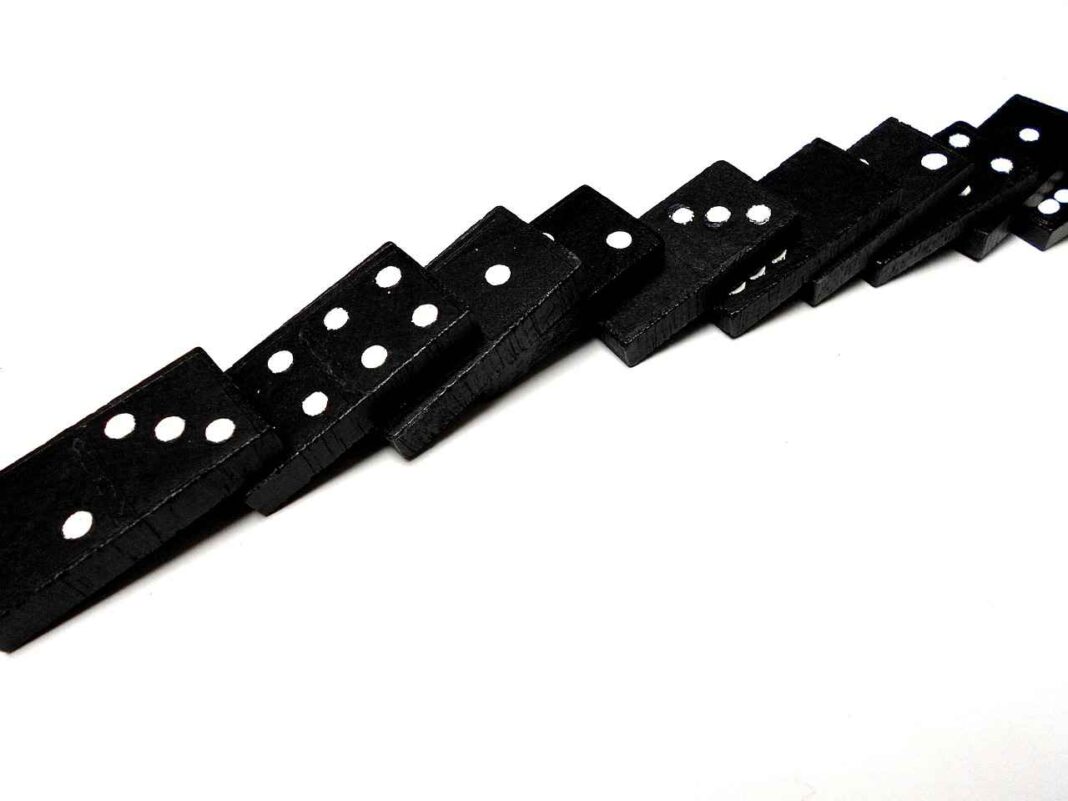Analyzing a Failed Real Estate Offer
Wow, my $1.2 million bid on a fixer-upper listed at $899,000 in Golden Gate Heights didn’t make the cut. Time to drown my sorrows in a bucket of coffee ice cream with sprinkles. I thought I’d share this experience because, in today’s market, you’re bound to face many rejected offers.
Truthfully, I had a hunch my offer wouldn’t win right after it was quickly dismissed by the selling agent that same evening. He had nine better offers, so mine didn’t even make it as a backup. Let’s dive into what went wrong and what you can learn from this.
Here’s a quick recap: the house was around 2,400 square feet, counting an unwarranted 900 square feet downstairs that wasn’t up to code. It boasted three bedrooms, two bathrooms, partial ocean views, parking, and sat on a 3,200 square foot lot. It needed about $350,000 in repairs. The low asking price was clearly set to spark a bidding frenzy.
Here’s how the voting went on what readers thought it would sell for:
– Below $899,000
– At $899,000
– $1,000,000
– $1,100,000
– $1,200,000 (my bid)
– $1,300,000 (first place guess)
– $1,350,000
– $1,400,000
– $1,450,000
– $1,500,000
– $1,550,000 (my max reasonable value)
– $1,600,000
– $1,650,000
– $1,700,000
The house eventually sold for $1,400,380 after 13 days on the market, a whopping 55% over the asking price.
As a buyer, you need to be wary of the potential pitfalls. The bigger the spread between the asking and final price, the more aggressive the bidding can get. What’s another $50,000 or $100,000, right? That’s exactly what sellers bank on.
I hope the new owner is a developer who can cut renovation costs down to $200,000 and flip the house for around $1,930,000. That would net a decent profit even after commissions and taxes. However, the real gamble is the time it takes to secure permits and complete renovations, which could stretch up to 18 months. Any market downturn during this period could be disastrous if the buyer isn’t financially prepared.
Initially, I thought $1,550,000 was the ceiling if a buyer was both desperate and skilled enough to handle renovations themselves. At the selling price of $1.4 million, it’s not the worst deal if they manage to keep renovation costs under control. But for me, the numbers just didn’t add up to take on such a massive project with all the associated stress and risks.
Here’s a tip: take your time to thoroughly understand what you’re diving into before making an offer. The last thing you want is to win a bidding war right before the market dips.
If you’re not up for the high-stakes game of extensive property management, consider real estate crowdsourcing. It allows you to invest in diverse locations without the need for a huge upfront down payment or dealing with day-to-day property management. For instance, while cap rates in places like San Francisco hover around 3%, you can find rates over 10% in the Midwest and South, thanks to demographic shifts toward more affordable regions.
Always shop around for the best mortgage rates to ensure you’re getting the best deal possible. Rates are still near historic lows, so it’s a good time to secure financing if you’re ready to buy.
Remember, investing in real estate can be highly lucrative if done wisely, but it’s not without its risks. Always assess the market conditions, and don’t rush into purchases without proper analysis.








































